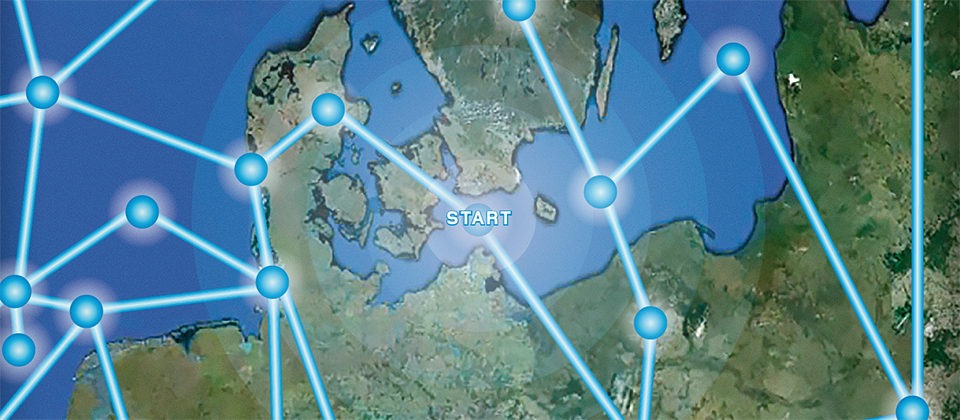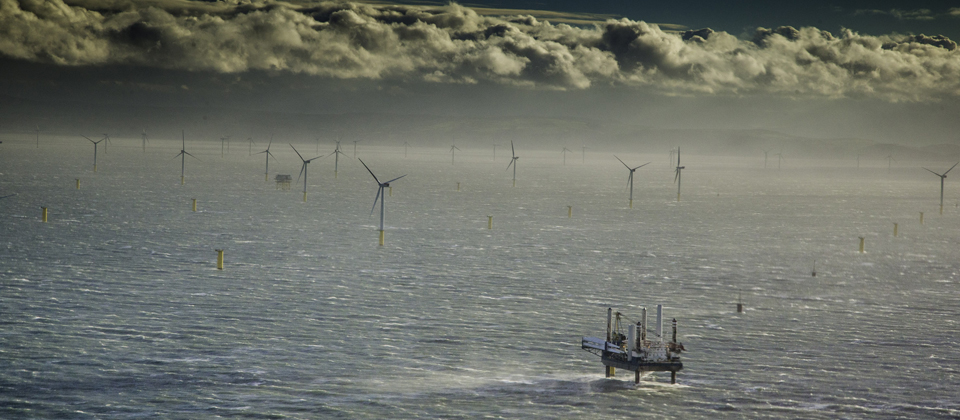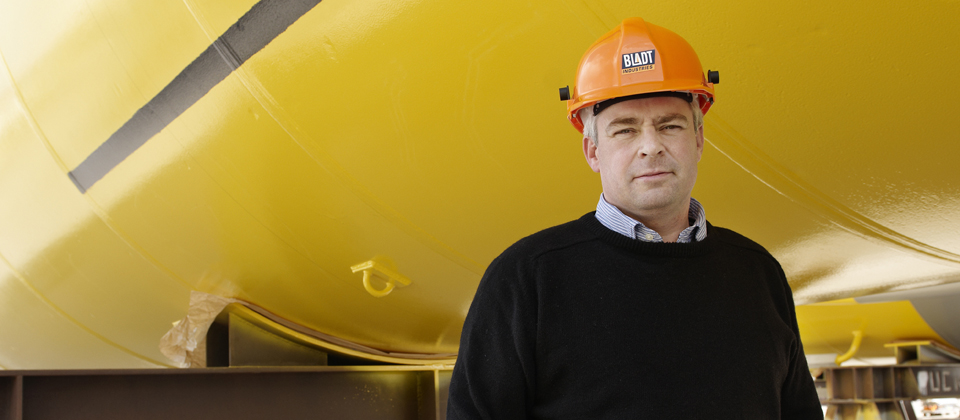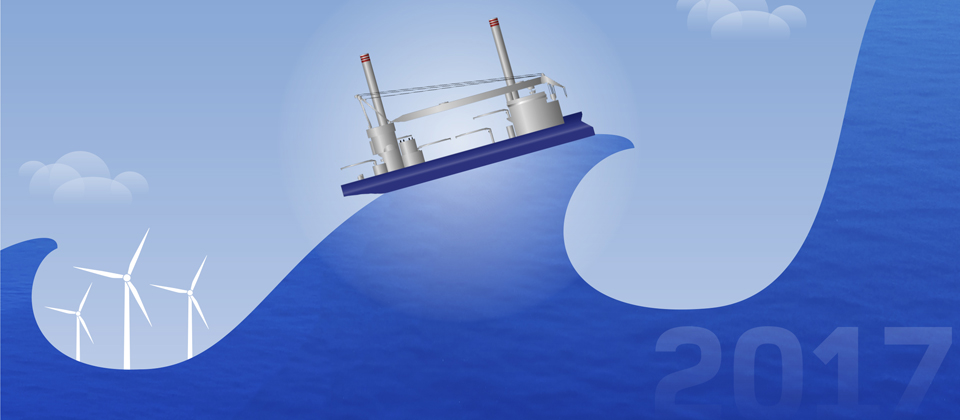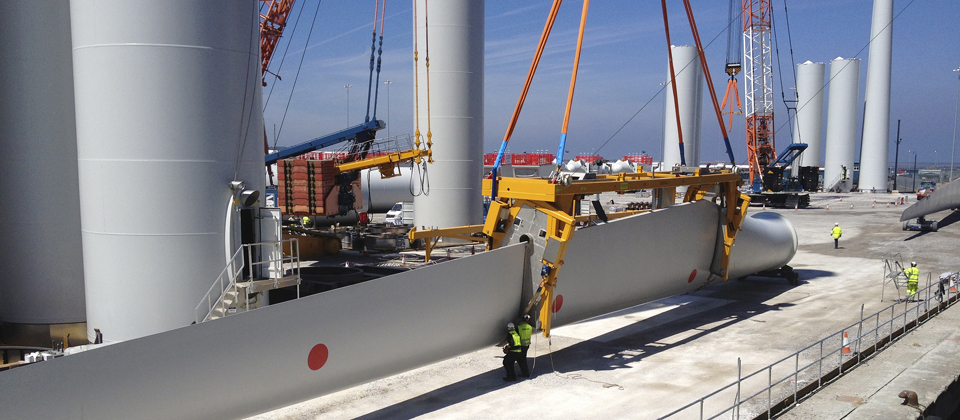Poised for growth
Around 80 percent of China’s electricity generation in 2050 can be met by renewable sources if appropriate policies and measures are taken, according to a report by Energy Transition Research Institute and WWF from February 2014*. And that has big implications for offshore wind in China.
From a starting point of 0 in 2011, the report projects possible growth in capacity to 175 GW by 2050. Interestingly, the report also finds that the total cost of power generation is less if transitioned to 80% renewable electricity sources by 2050 than if no specific clean energy or efficiency policies were made.


